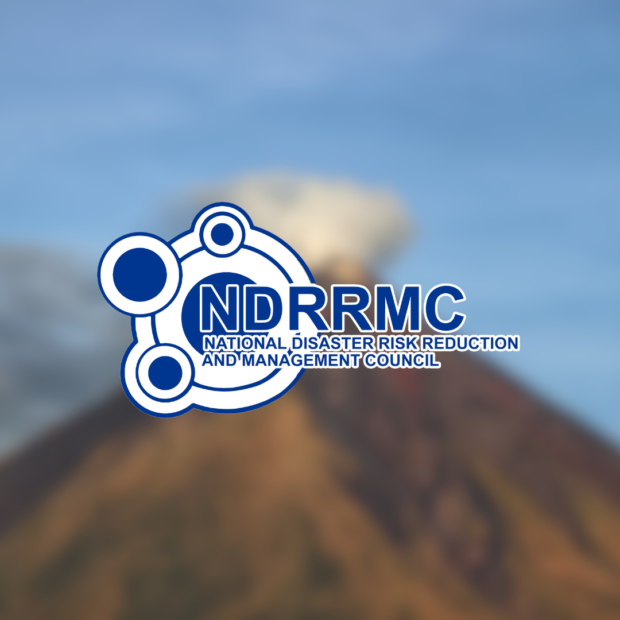The National Disaster Risk Reduction and Management Council (NDRRMC) of the Philippines has provided an updated overview of the current volcanic activity of four active volcanoes in the country. As of June 19, 2024, the NDRRMC’s website reports on the status of Taal, Mayon, Bulusan, and Kanlaon volcanoes, detailing their respective Alert Levels and recent seismic and volcanic gas emission activities.
Taal Volcano, situated in Batangas province, is currently under Alert Level 1, indicating a state of low-level volcanic unrest. Over the past 24 hours, Taal has experienced three volcanic earthquakes and tremors. The volcano emits approximately 5478 tonnes of volcanic sulfur dioxide (VOG) daily. The NDRRMC advises residents and visitors to avoid the permanent danger zone around Taal and avoid flying aircraft nearby.
Mayon Volcano in Albay province mirrors Taal’s Alert Level 1 status. The volcano recorded two volcanic earthquakes within the same period and emits around 720 tonnes per day of VOG. Similar precautions are recommended for Mayon, emphasizing avoiding hazardous areas and airspace.
Bulusan Volcano in Sorsogon province is also under Alert Level 1. It recorded 11 volcanic earthquakes in the past 24 hours and emits approximately 30 tonnes per day of VOG. Residents near Bulusan are reminded to heed local authorities’ advice regarding safety measures.
Kanlaon Volcano in Negros Island is under Alert Level 2, indicating increased volcanic unrest compared to the other three volcanoes. Kanlaon experienced five volcanic earthquakes and emitted about 2713 tonnes per day of VOG. The NDRRMC advises heightened vigilance and preparedness measures for communities residing near Kanlaon.
The NDRRMC underscores the dynamic nature of volcanic activity and encourages the public to stay informed through updates from the Philippine Institute of Volcanology and Seismology (PHIVOLCS). Regular monitoring and adherence to safety protocols are crucial to mitigating risks associated with volcanic events.
Residents and interested parties are urged to visit the NDRRMC’s official website and PHIVOLCS’s channels for further information and real-time updates. The Council remains committed to ensuring public safety and readiness in the face of natural hazards across the Philippines.
For more information, you can visit the National Disaster Risk Reduction and Management Council (NDRRMC) Website: www.ndrrmc.gov.ph


